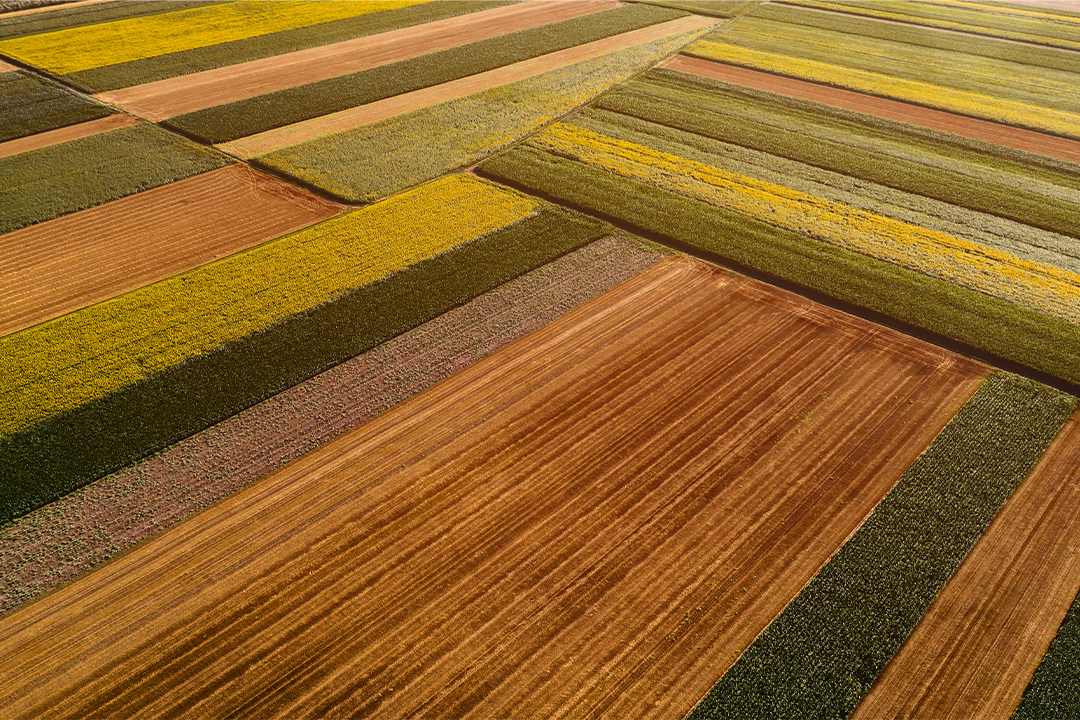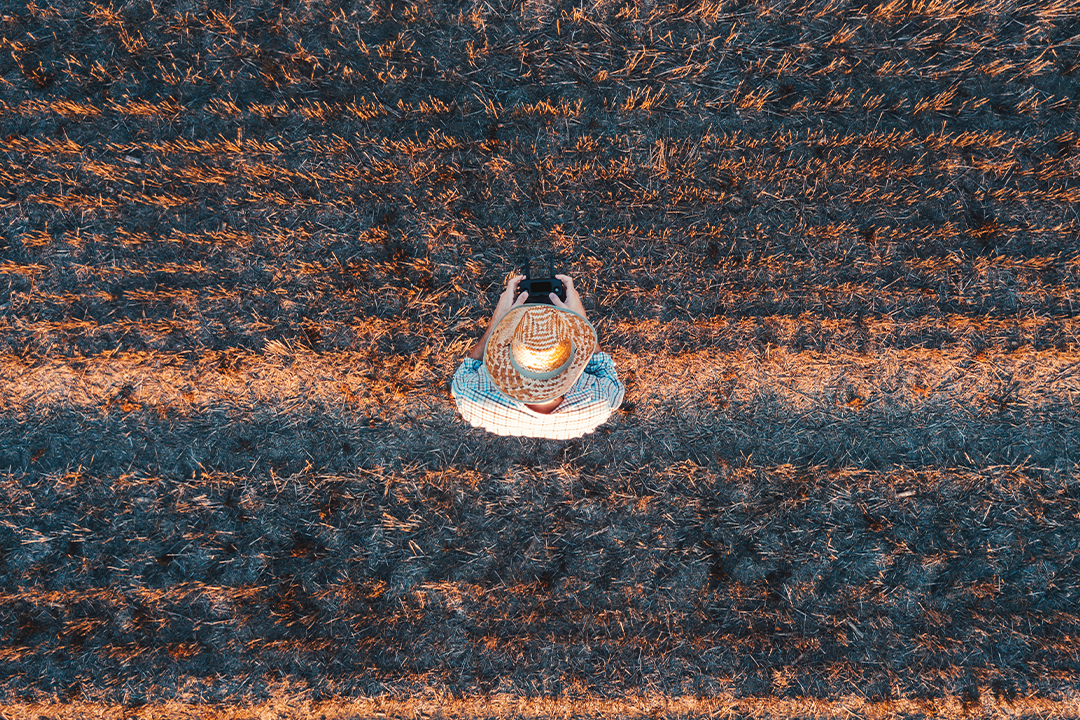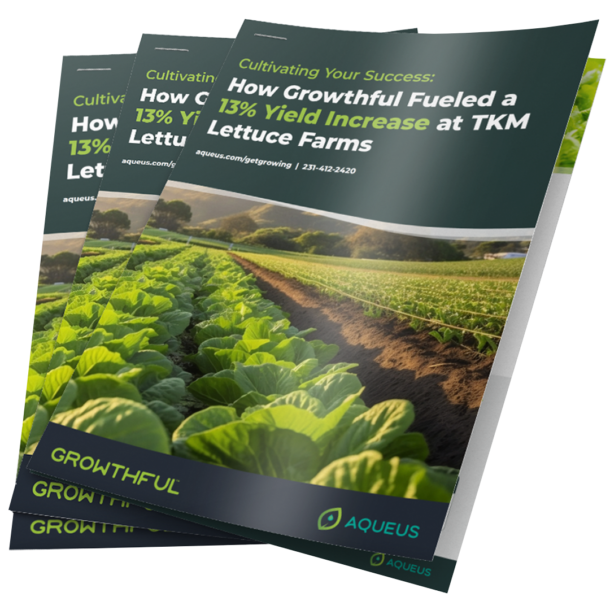Technology is changing nearly every industry in the world, and agriculture is no exception. Although many think of farming as part of a more simple life, it is becoming increasingly complex. Farming is an unpredictable occupation faced with obstacles such as soil erosion, biodiversity loss, global economic factors, and most recently – adopting and learning new technologies.
Computers and drones, often working in tandem, are at the forefront of new technologies being introduced to the agricultural landscape. Although adapting to this technology adds another job to the to-do list, in the long run using drones can cut down on costs, labor, and effectively tackle other challenges and tasks present in agriculture.
Many agricultural tasks can often be done quicker, cheaper, and are more well-suited to drones compared to tractors. They also avoid the issue of soil compaction. As farming machinery continues to become larger and heavier, soil compaction is an increasing problem, reducing the rate of both water infiltration and drainage and resulting in reduced harvests. Drones fulfill their tasks from the air making this problem obsolete.

Drones are also especially good at monitoring crops since their position in the sky gives them an excellent view of all farm fields. When corn grows tall, it is difficult for a farmer to see how crops are doing in the middle of the fields. Drones can eliminate this issue and provide information for:
- Identifying areas of poor crop growth
- Finding areas with too little or too much water
- Identifying places where weeds are too numerous and stunting crop growth
- Finding locations where insect activity is damaging crops
When crops become tall, it is also impossible to use a tractor to apply herbicides, pesticides or fertilizer. These can only be applied from the air. Crop dusting is cheaper for large areas, because the storage capacity is somewhat limited on drones; however, drones are great for spots or smaller areas. For example, using drones to identify and apply fertilizer, pesticides, and herbicides as spot treatments where they are needed can cut down on fertilizer-related costs and stretch out product.

The application of seeds for ground covers is another task well-suited for drones. Ground covers are planted in fields to prevent erosion and loss of topsoil over the winter when there is no cash crop growing there. The issue with cover crops is that they are typically planted after all harvesting is complete, which means it’s too late for them to grow very much before winter sets in. The ideal time to plant cover crops is shortly before harvest when cash crops are still in the field. That can’t be done with a tractor, but it’s no problem with a drone. Cover crop seeds can be planted at a time when the farmer is not yet busy harvesting, giving the cover crop a chance for adequate growth before winter.
The importance of drones and other technology in agriculture will continue to grow in the coming years, saving farmers time and money as well as streamlining the agricultural process. Applications of fertilizer, herbicides, and pesticides will become more precise which will lower the amounts applied, reaping benefits for the environment, farmers, and the world’s food supply. Although a bit of a curveball, drones are the first step in a modern agricultural revolution that allows farmers to work more efficiently and effectively while cutting down on their own costs and labor.




